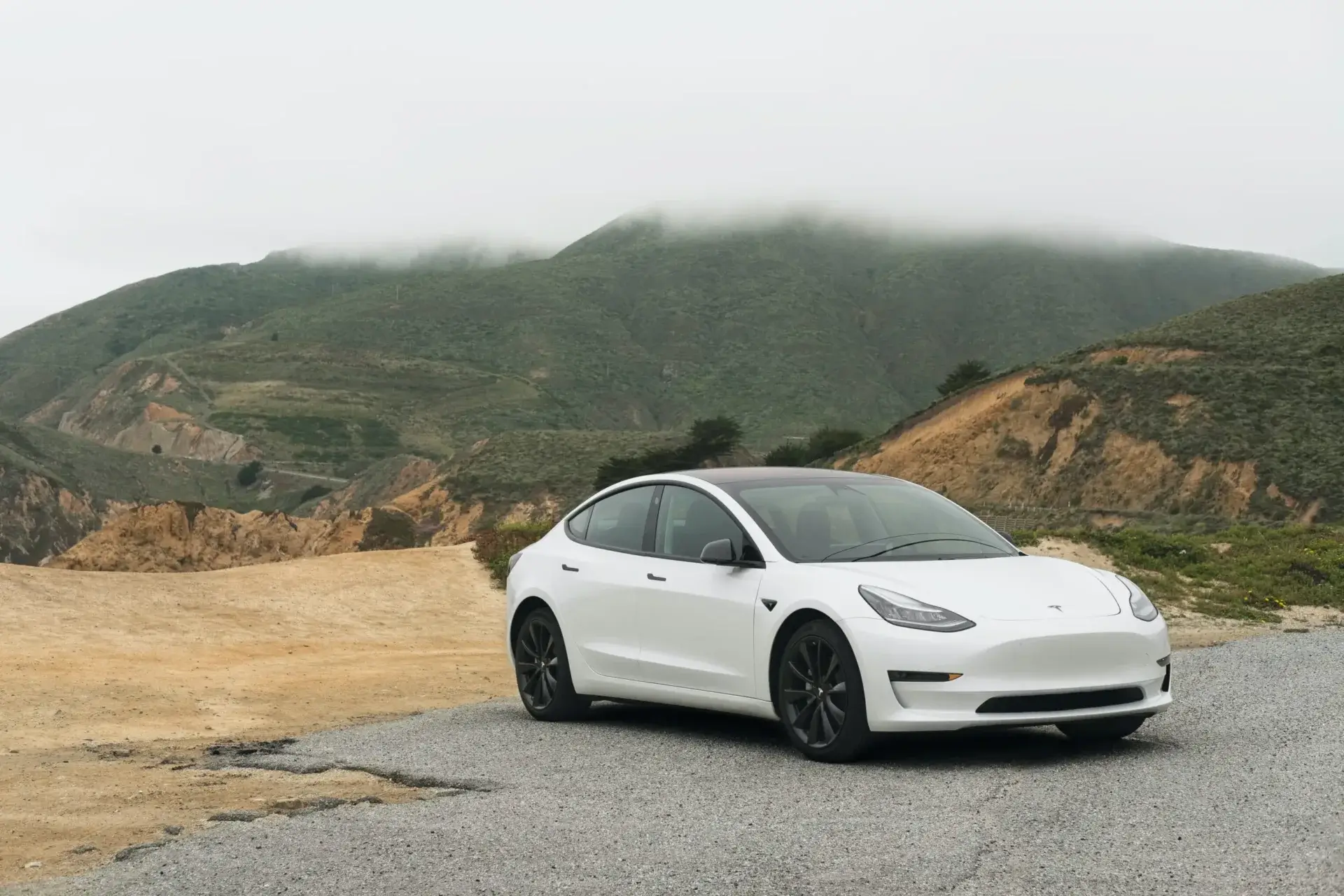In the realm of automotive innovation, Tesla has undeniably disrupted the traditional landscape, challenging long-standing norms and reshaping the future of transportation. While many automakers adhere to conventional strategies, Tesla has charted a unique course, embracing unconventional approaches that have propelled the company to the forefront of the electric vehicle (EV) industry.
This article explores the unconventional strategies that have set Tesla apart, contributing to its success and influence.
Direct-to-Consumer Sales Model
One of the most radical departures from traditional automotive sales is Tesla’s direct-to-consumer approach. While established automakers typically rely on a network of dealerships, Tesla opted to sell its vehicles directly to customers. This strategy enables Tesla to maintain control over the entire customer experience, from marketing and sales to service and support. By cutting out the middleman, Tesla can communicate its vision directly to consumers and adapt more rapidly to market demands.
Over-the-Air Updates
Tesla has redefined the relationship between car and driver with its over-the-air (OTA) software updates. Unlike traditional automakers, which often require customers to visit a dealership for software upgrades, Tesla can remotely update its vehicles’ software, providing new features, improvements, and even performance enhancements. This approach not only enhances customer satisfaction but also allows Tesla to continuously improve its vehicles post-purchase, creating a dynamic and evolving product ecosystem.
Gigafactories and Vertical Integration
Tesla’s commitment to vertical integration and the construction of Gigafactories represents a departure from the industry norm. Traditional automakers often rely on a multitude of suppliers for components, whereas Tesla manufactures many of its key components in-house. This vertical integration not only gives Tesla greater control over production quality and costs but also positions the company to scale more efficiently. The Gigafactory concept, which involves large-scale production facilities for batteries and other components, ensures a stable supply chain for Tesla’s rapidly growing fleet of electric vehicles.
Electric First, Autonomy Later
While other automakers cautiously dip their toes into the electric vehicle market, Tesla bet heavily on electrification from the beginning. This foresight allowed Tesla to establish itself as a pioneer in the EV space, garnering attention and support from environmentally conscious consumers. Moreover, Tesla’s focus on electric vehicles before fully autonomous capabilities set it apart. Rather than waiting for fully autonomous technology to mature, Tesla introduced advanced driver-assistance systems early, creating a gradual transition toward autonomy.
Marketing through Innovation
Tesla’s marketing strategy is centred around innovation and word of mouth rather than traditional advertising. The company’s charismatic CEO, Elon Musk, uses social media, including his own ‘X’ platform to communicate directly with the public, creating a unique and transparent brand image. Tesla’s commitment to cutting-edge technology and sustainability has generated a community of passionate supporters who act as brand ambassadors. The excitement surrounding each new product release or innovation builds organic hype, reducing the need for conventional advertising, much like Apple with their approach to events.
Conclusion
Tesla’s success in the automotive industry can be attributed to its willingness to break away from conventional strategies and embrace unconventional approaches. From direct-to-consumer sales and over-the-air updates to vertical integration and a focus on electric vehicles, Tesla has carved its path with bold decisions. As the automotive landscape continues to evolve, Tesla’s unconventional strategies may just serve as a blueprint for the industry’s future, challenging the status quo and pushing the boundaries of innovation.



